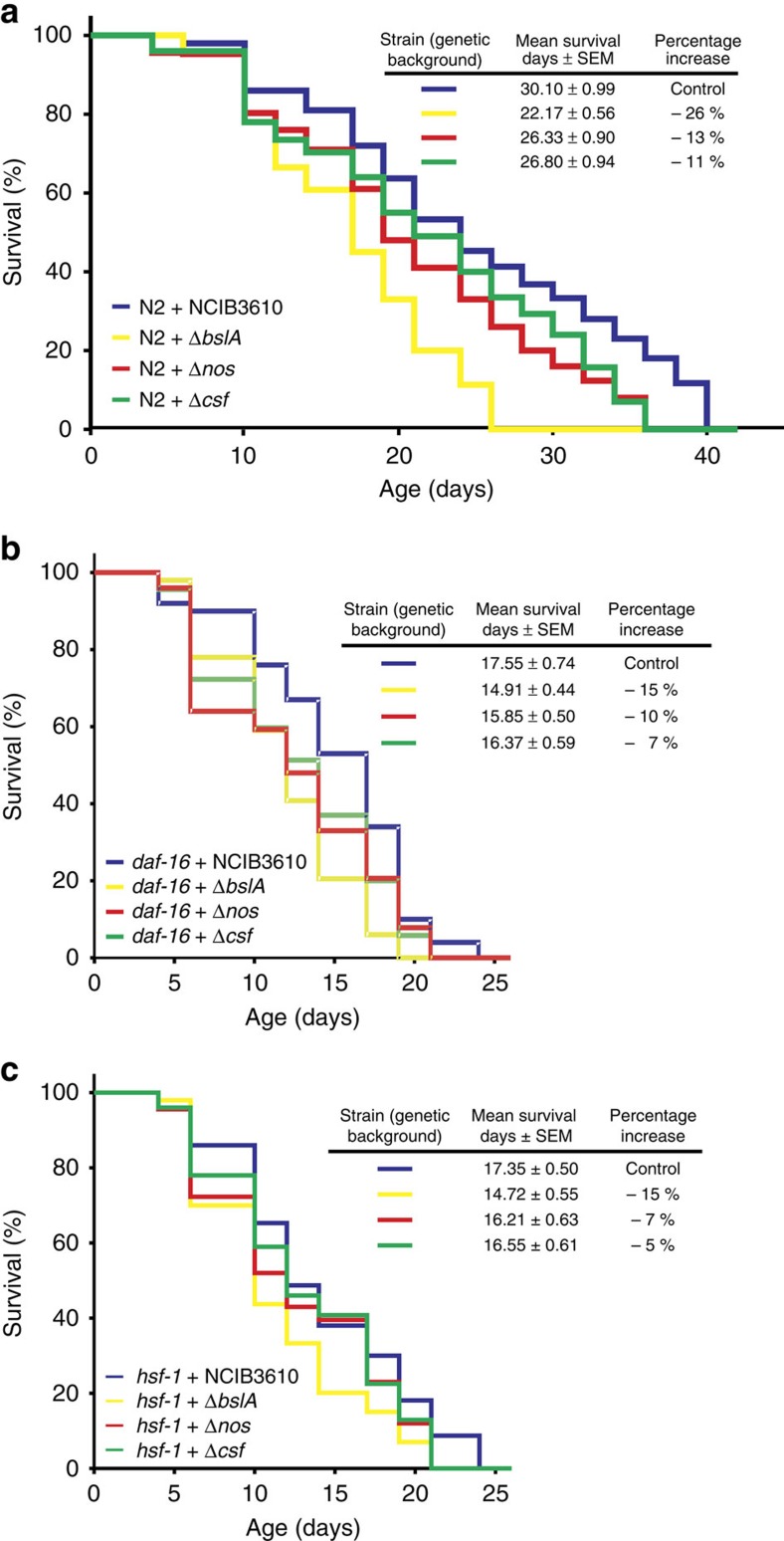Figure 7. Dissecting the contribution of each B. subtilis anti-aging property on worm survival pathways.
Late L4/young-adult-stage N2 (a), daf-16 (b) or hsf-1 (c) worms were fed either on spores of RG3610 (Δnos, defective in NO production, red) or RG3603 (ΔbslA, defective in biofilm synthesis, yellow) or RG4010 (Δcsf, defective in CSF production, green) B. subtilis on NGM agar plates, and the survival was monitored for signs of life. Undomesticated NCIB3610 B. subtilis (blue) was used as a control. A representative experiment±s.e.m. (n=3) is shown, and the survival increase is expressed as a percentage of the total number of worms fed on NCIB3610 cells (blue).

